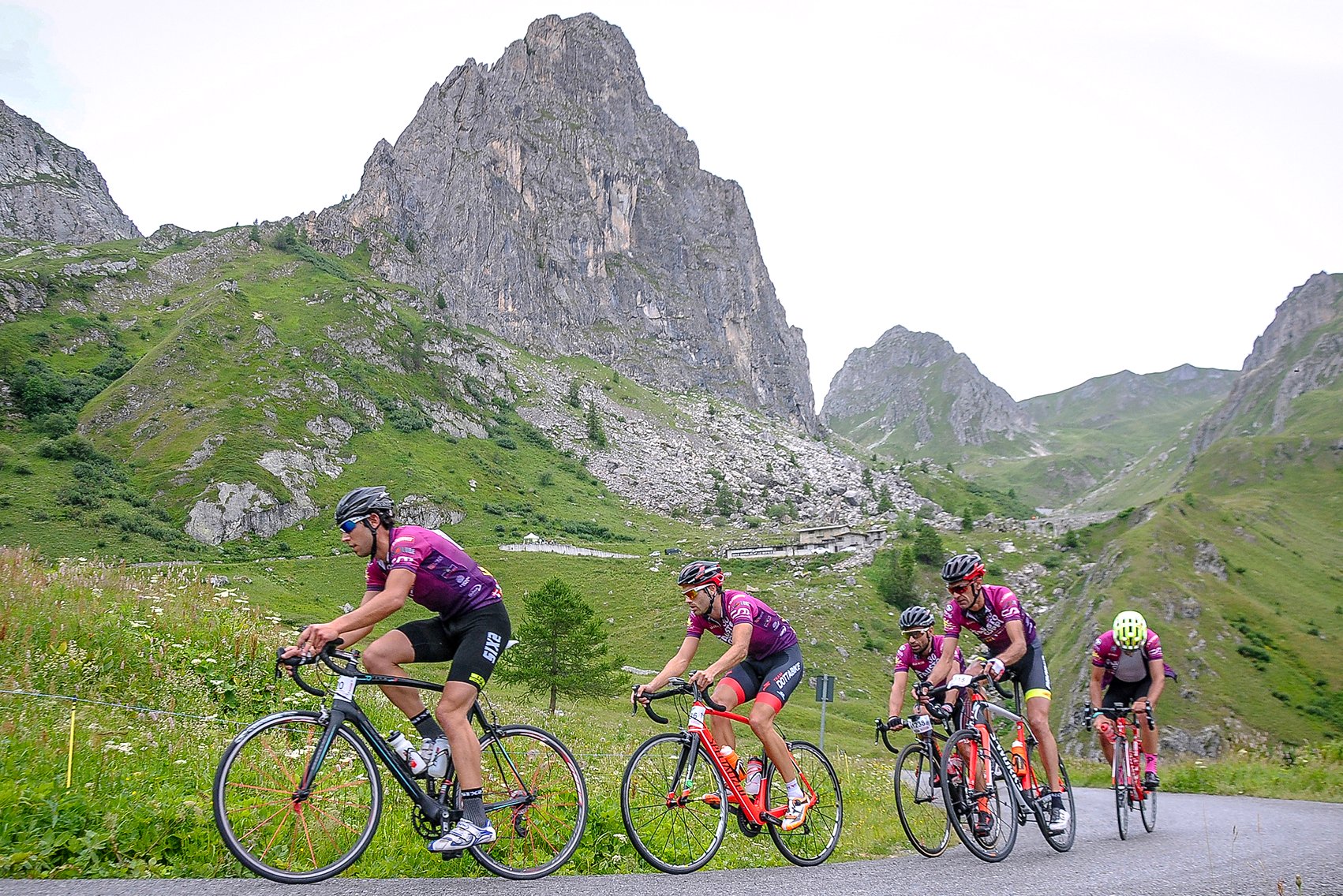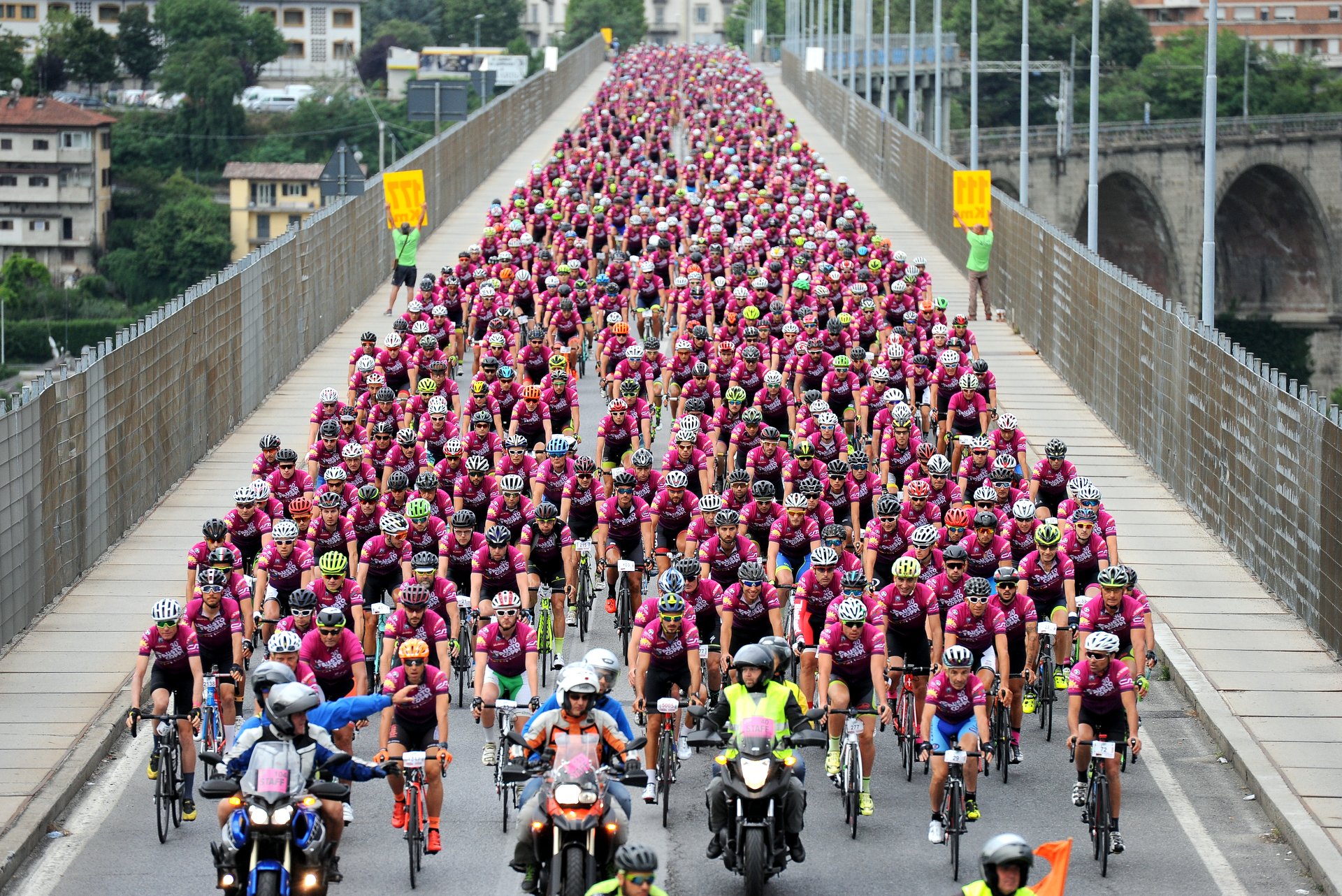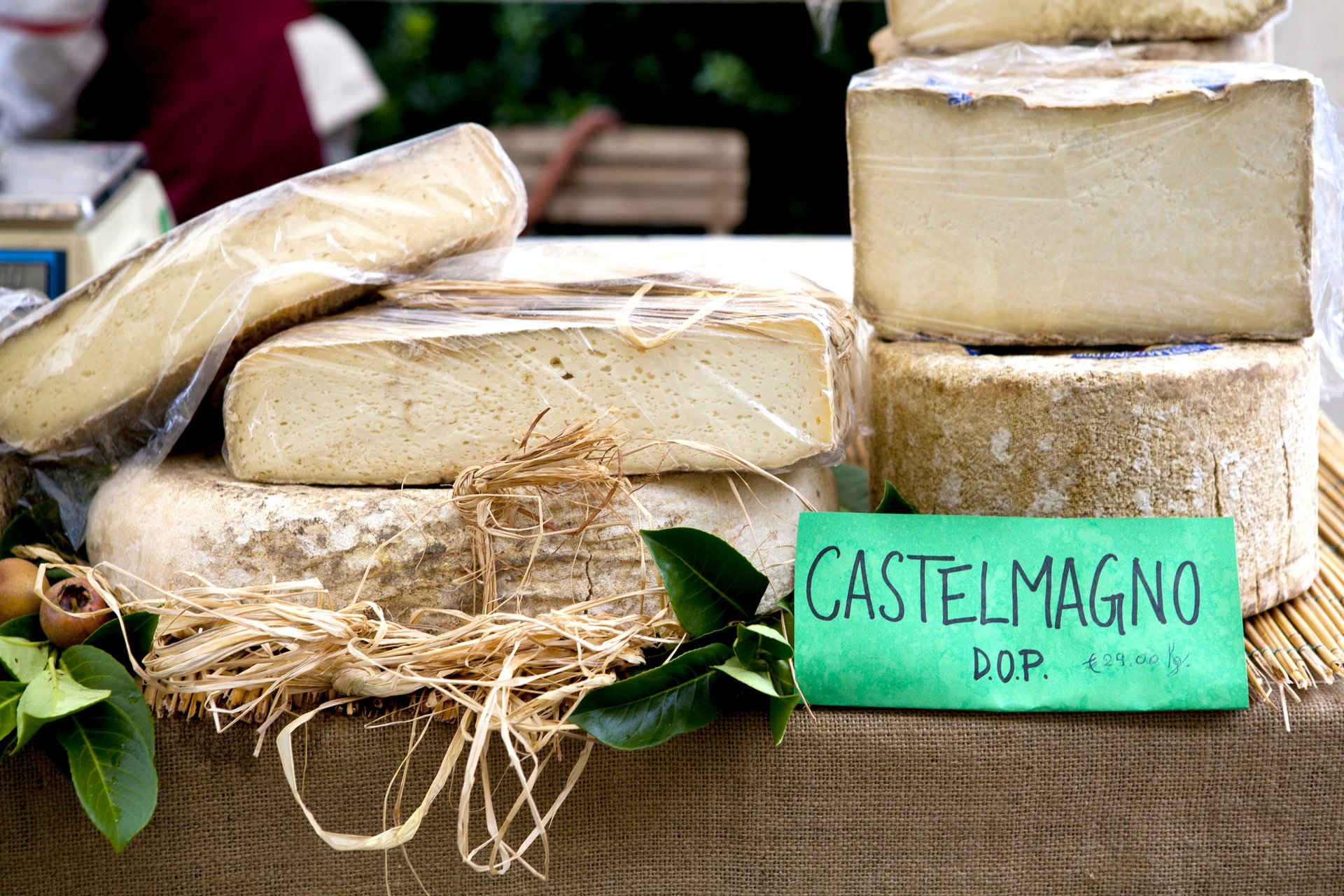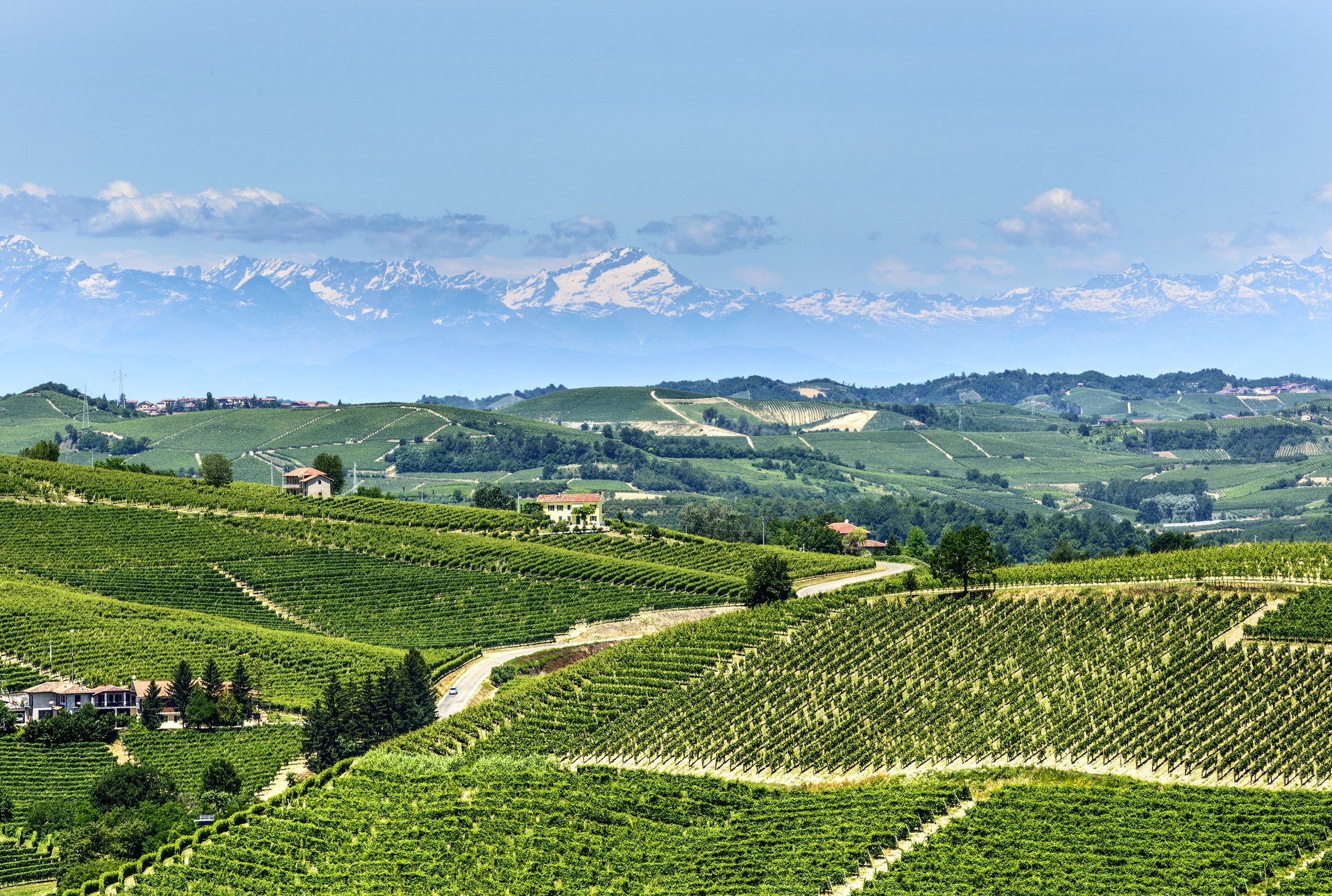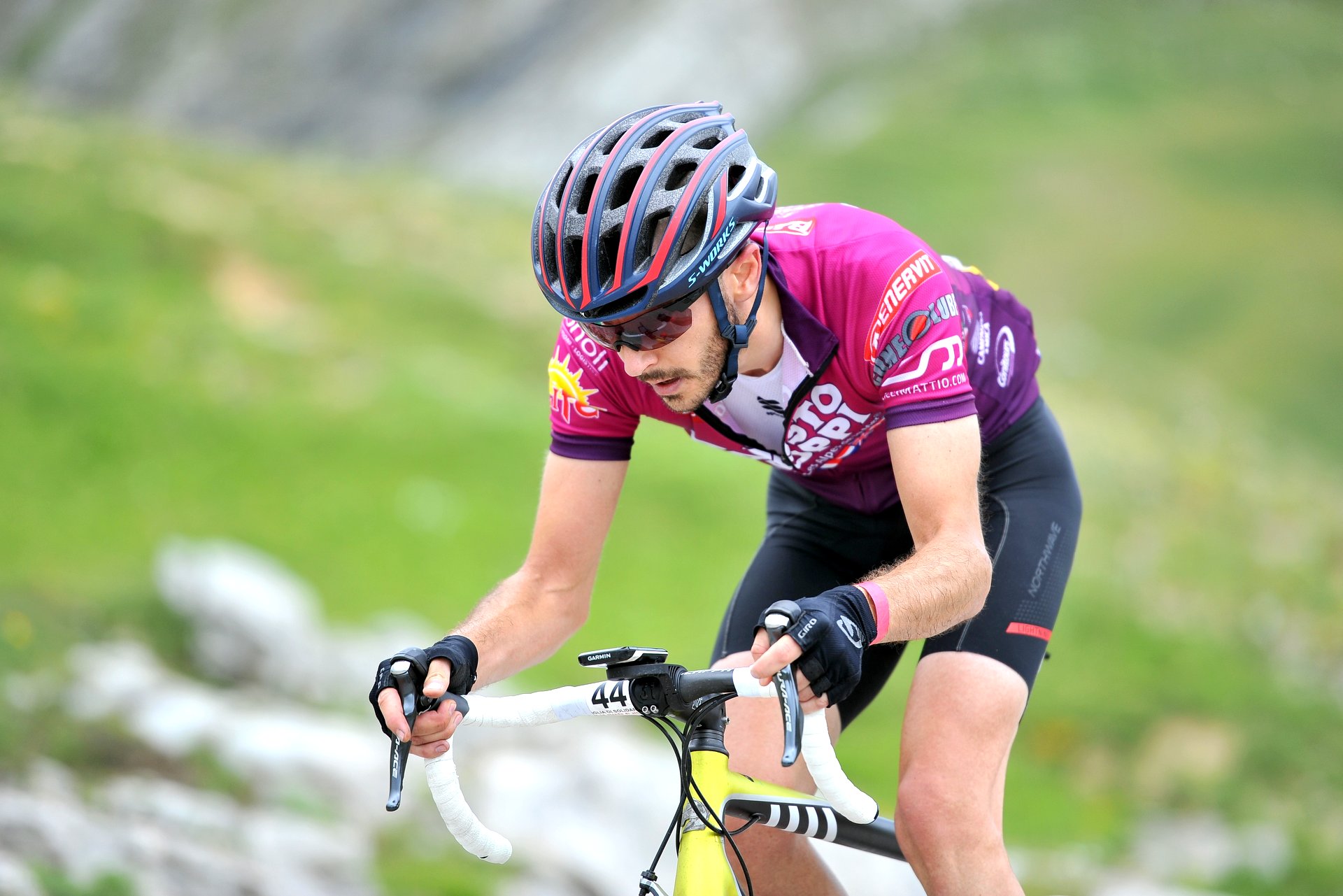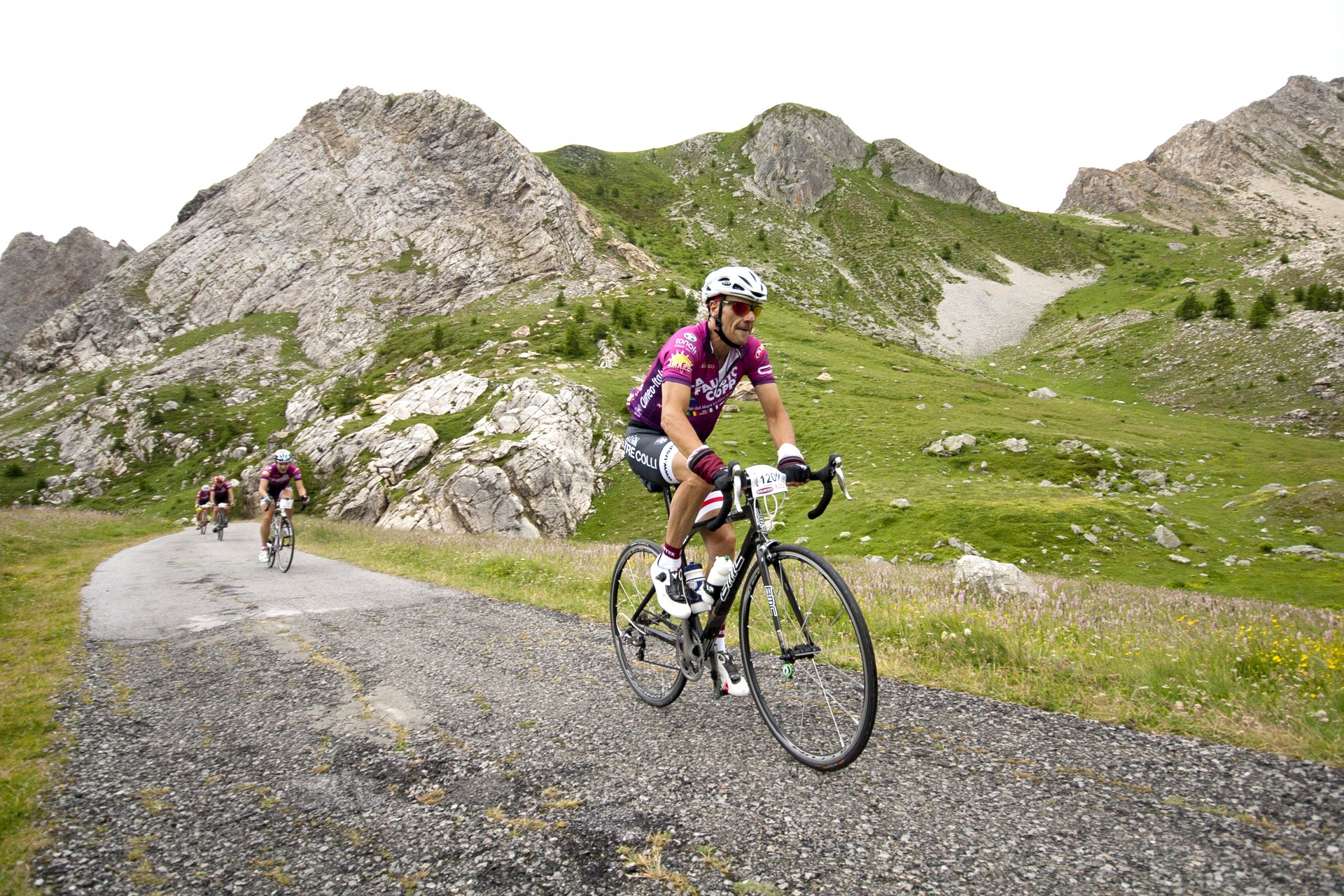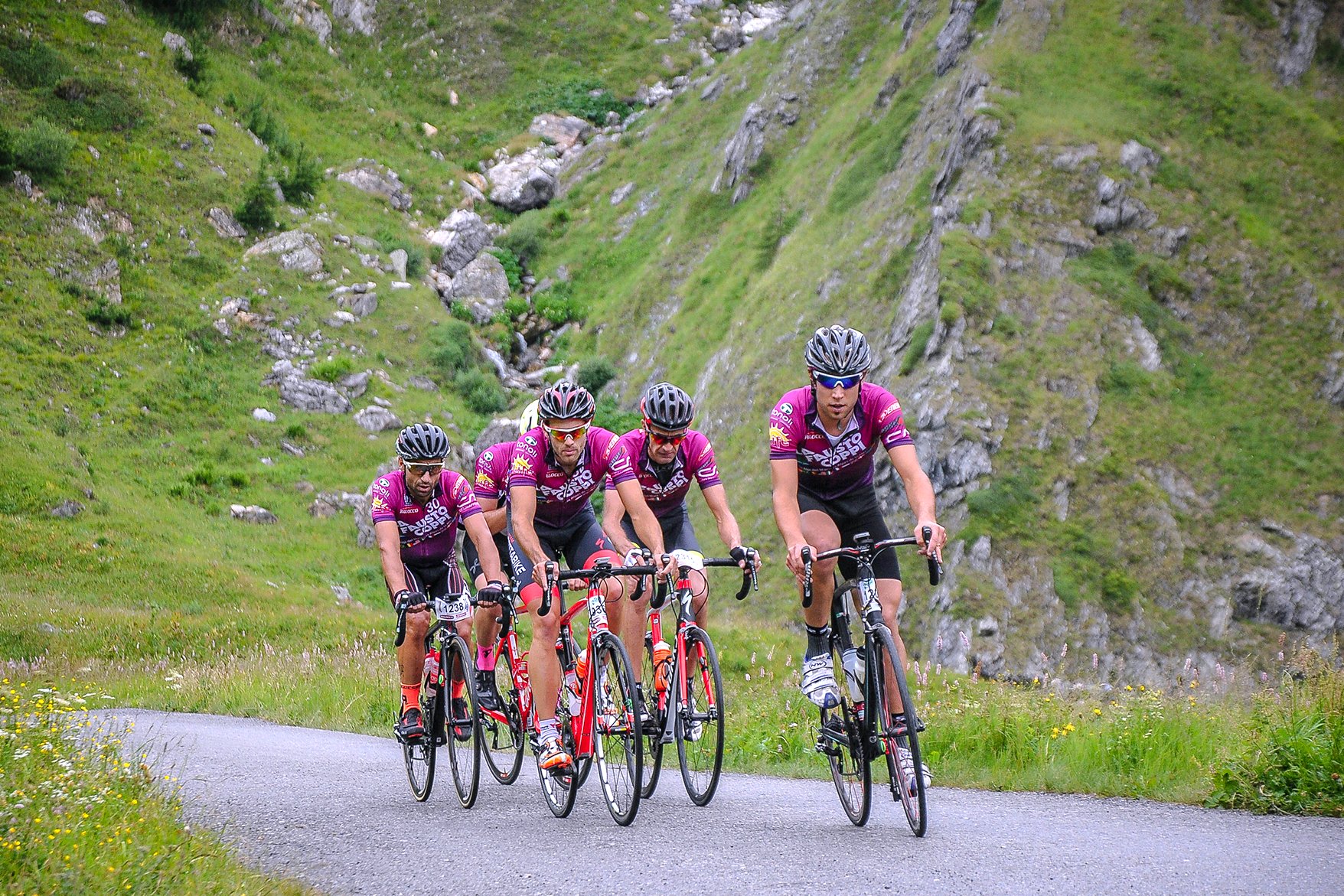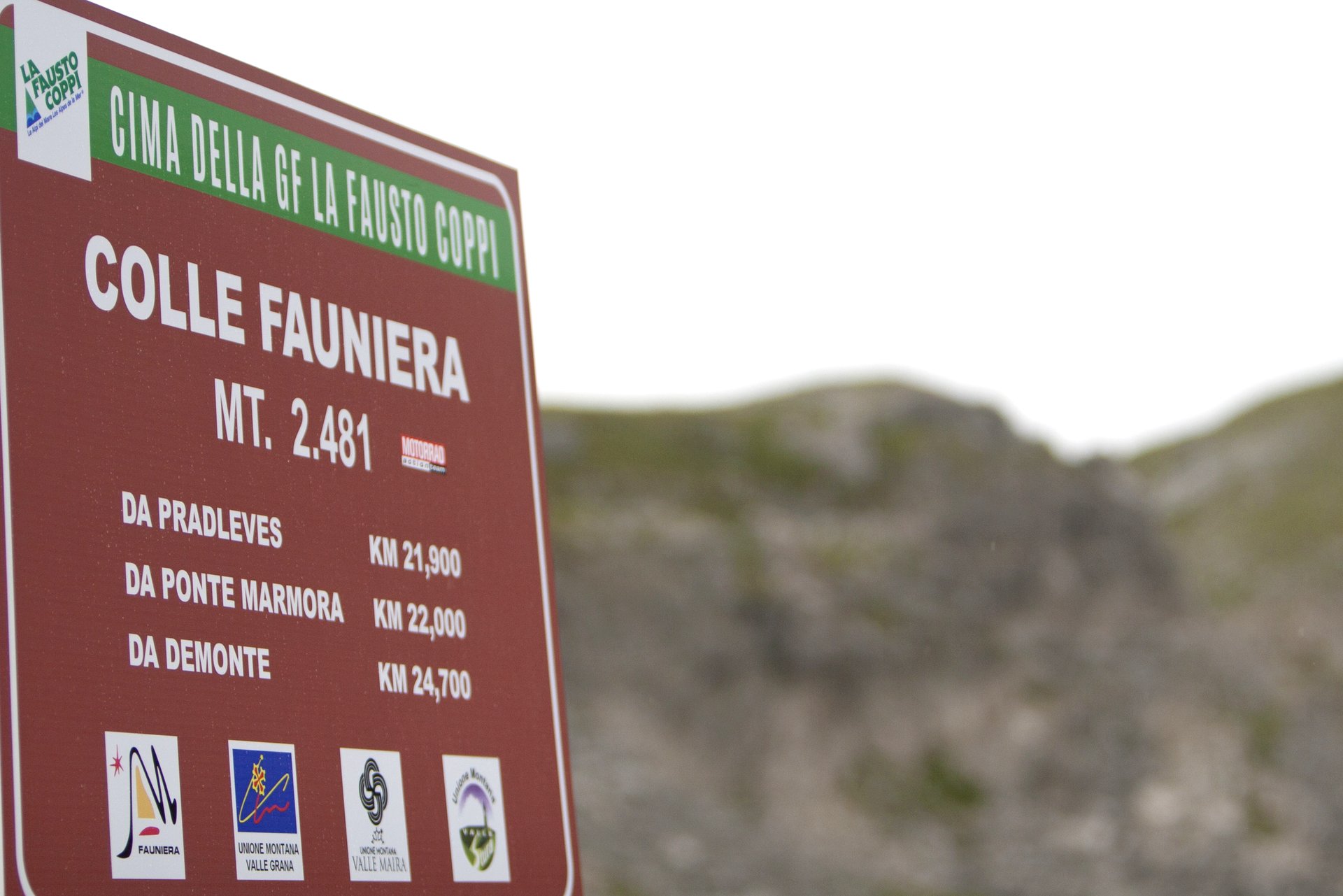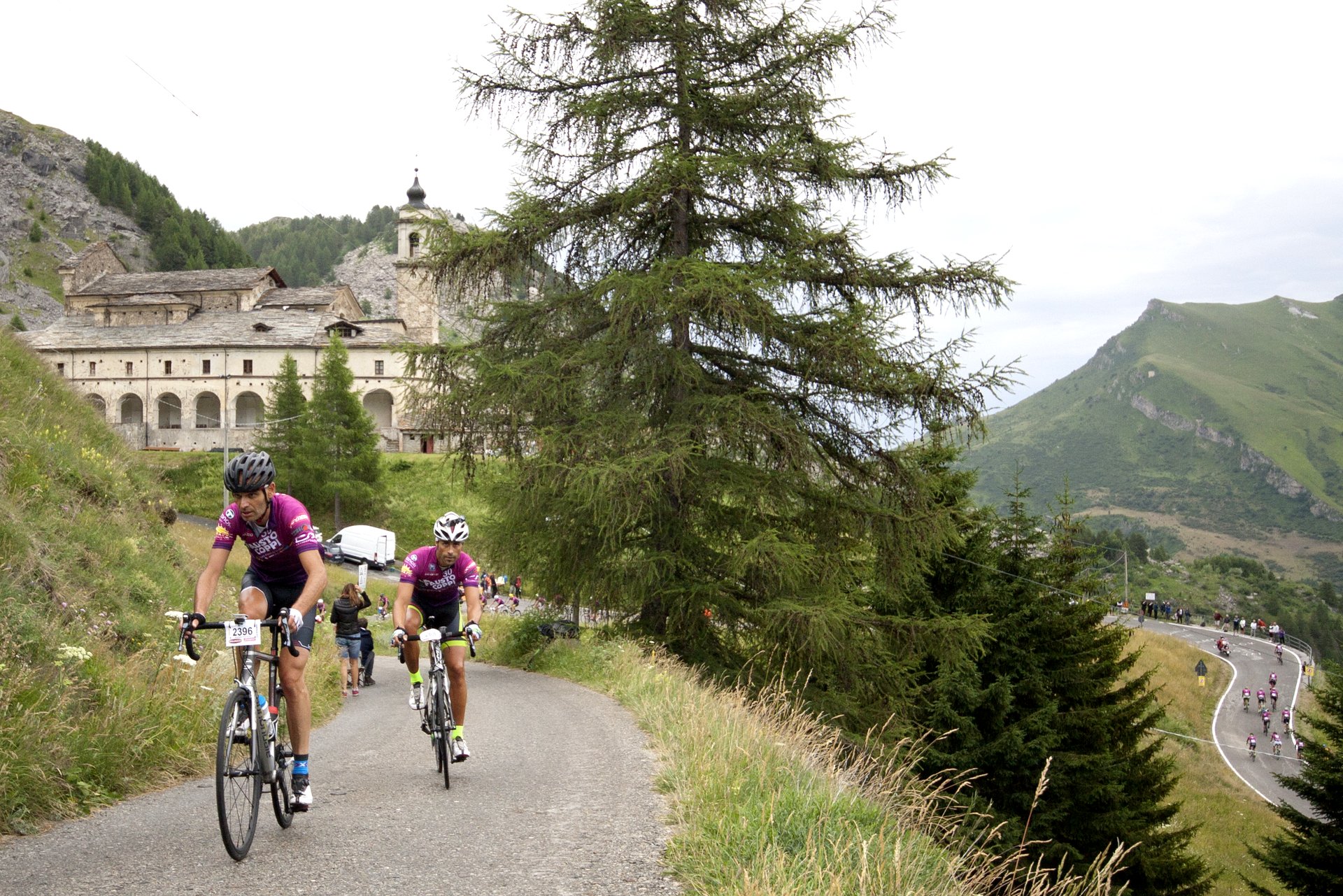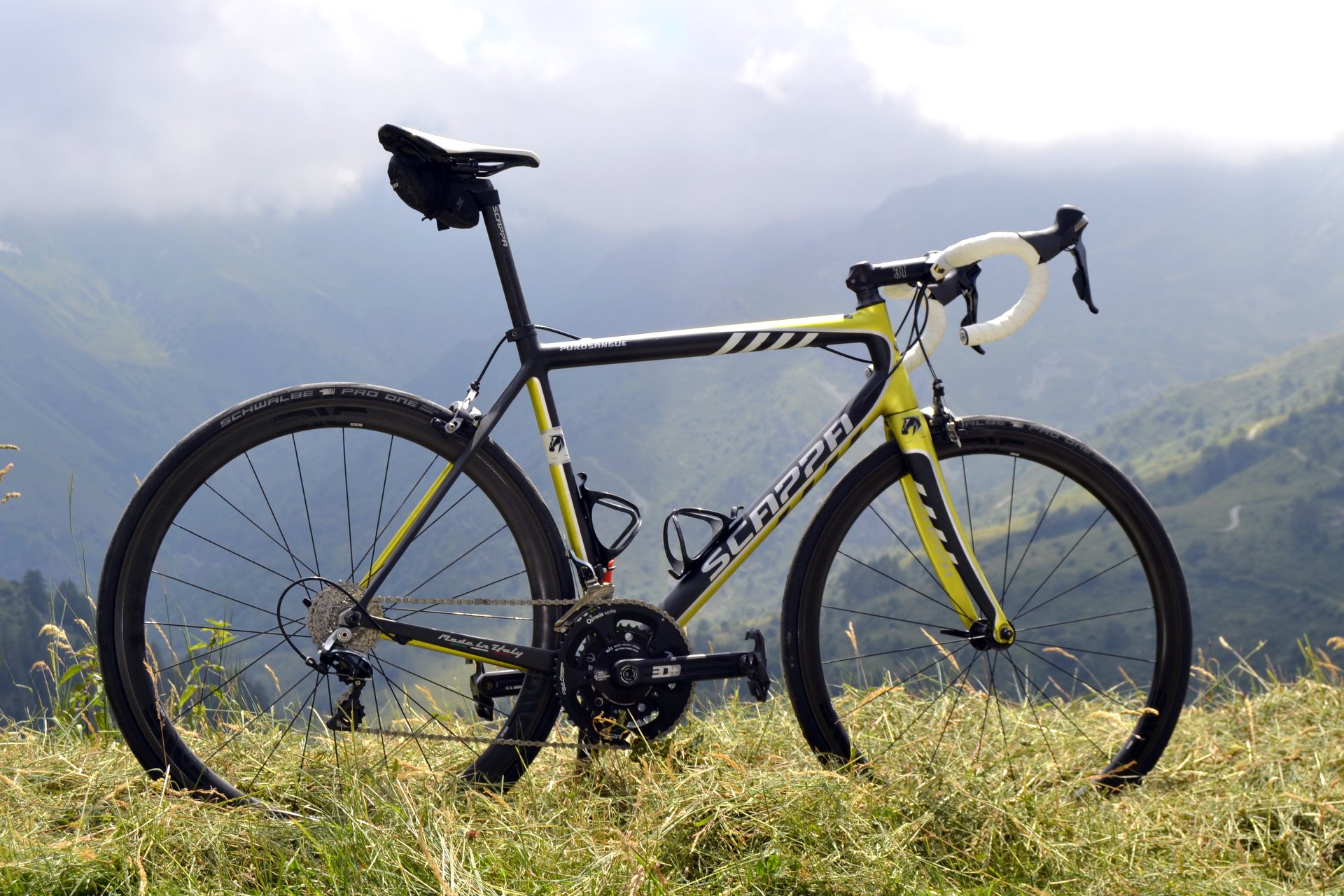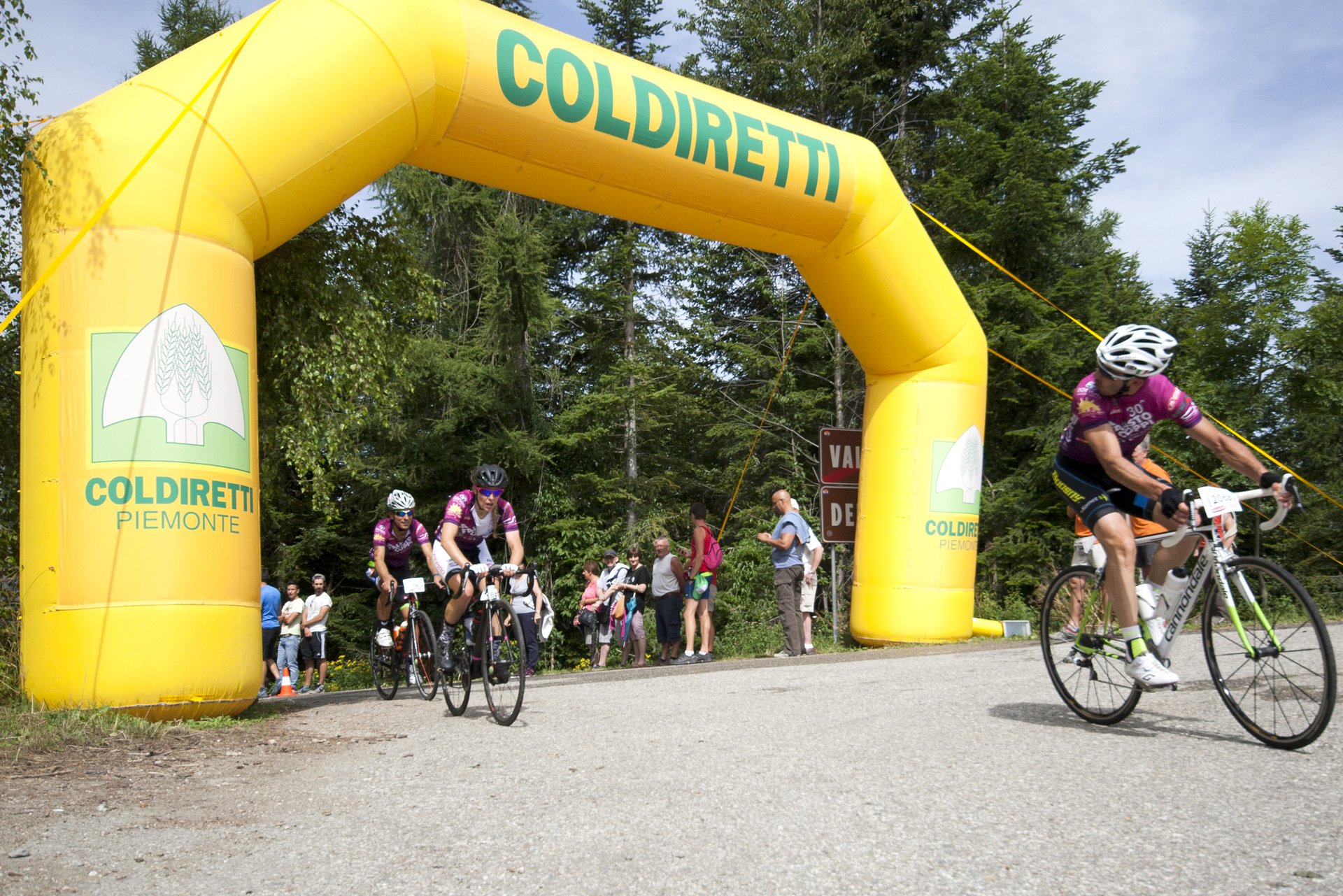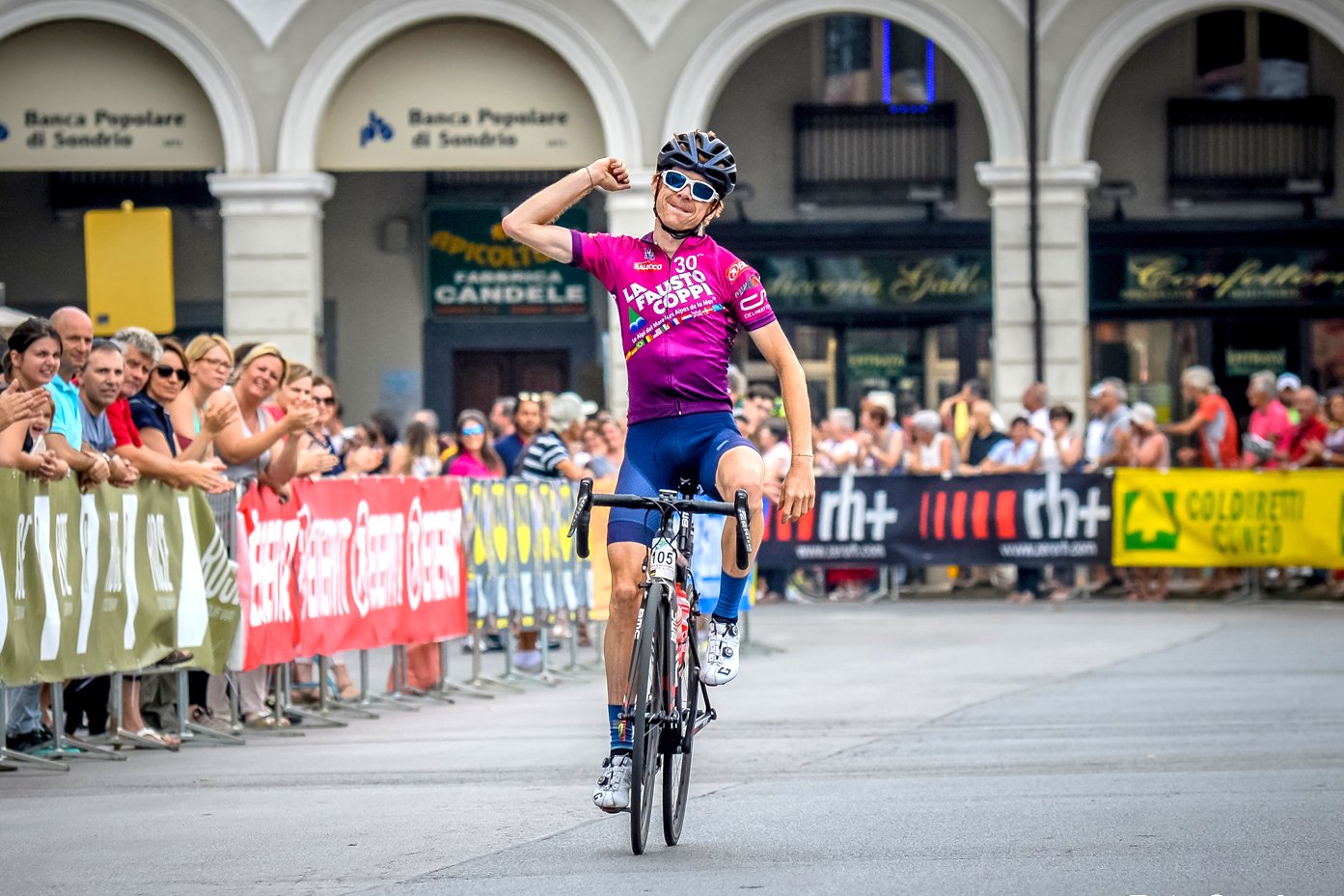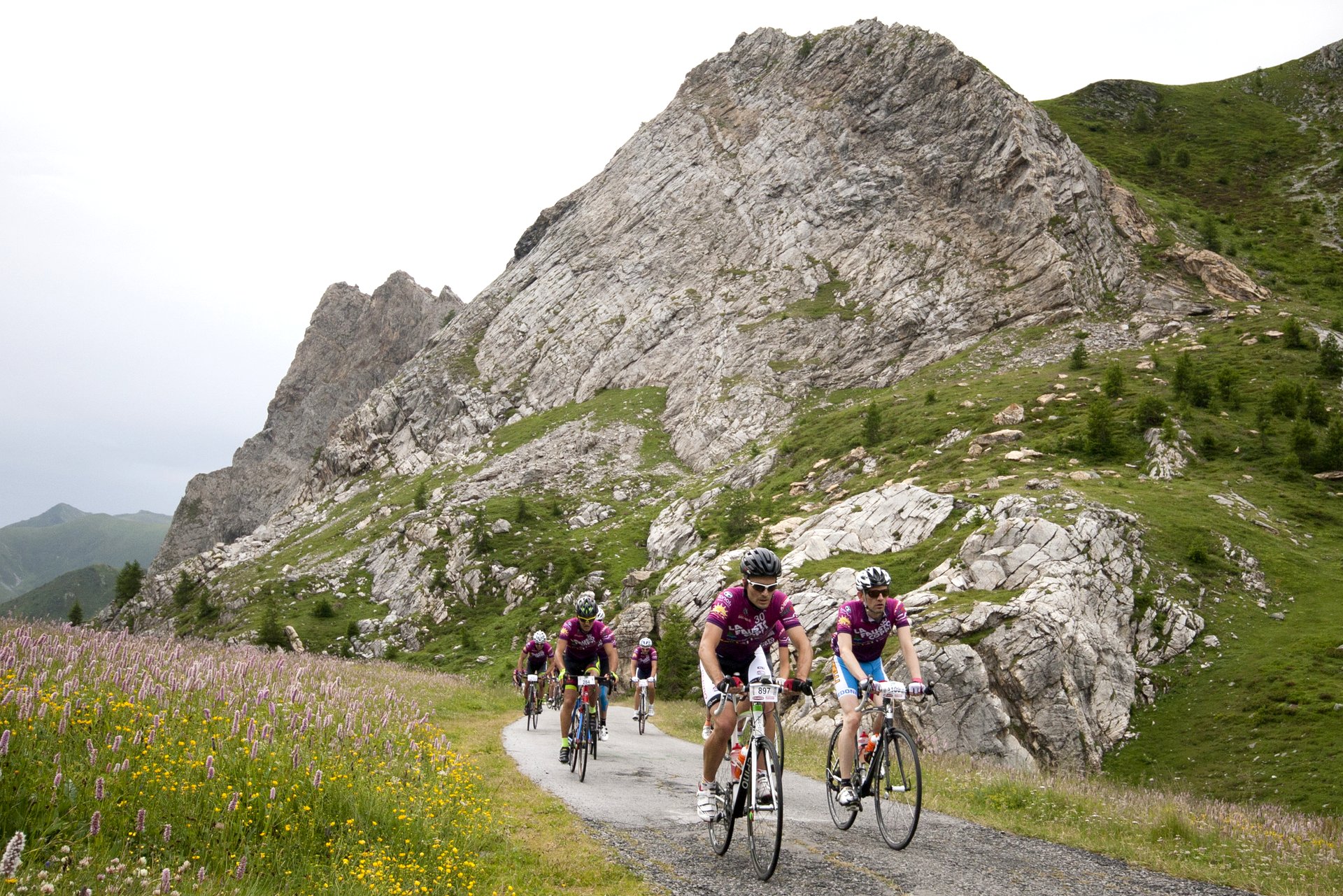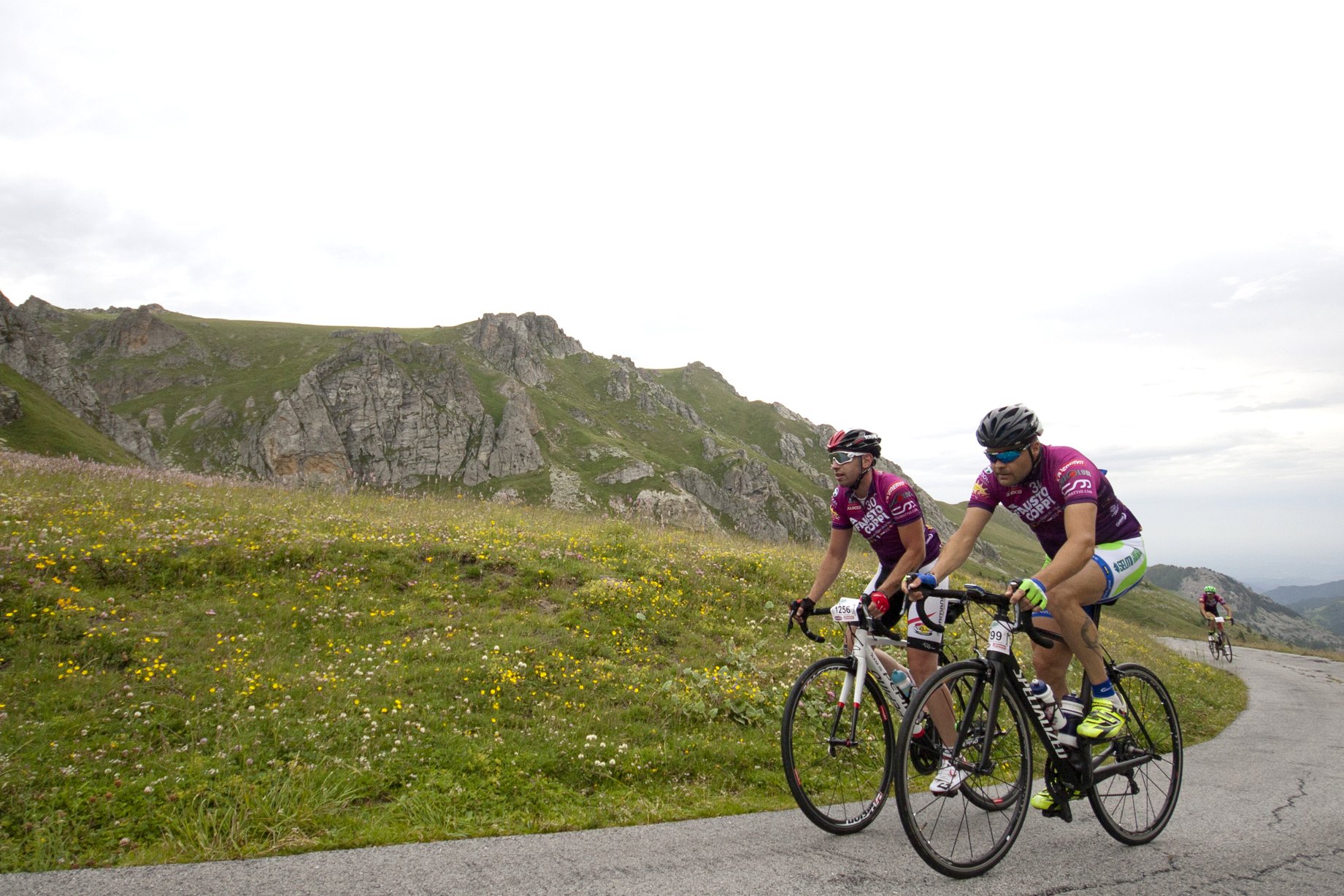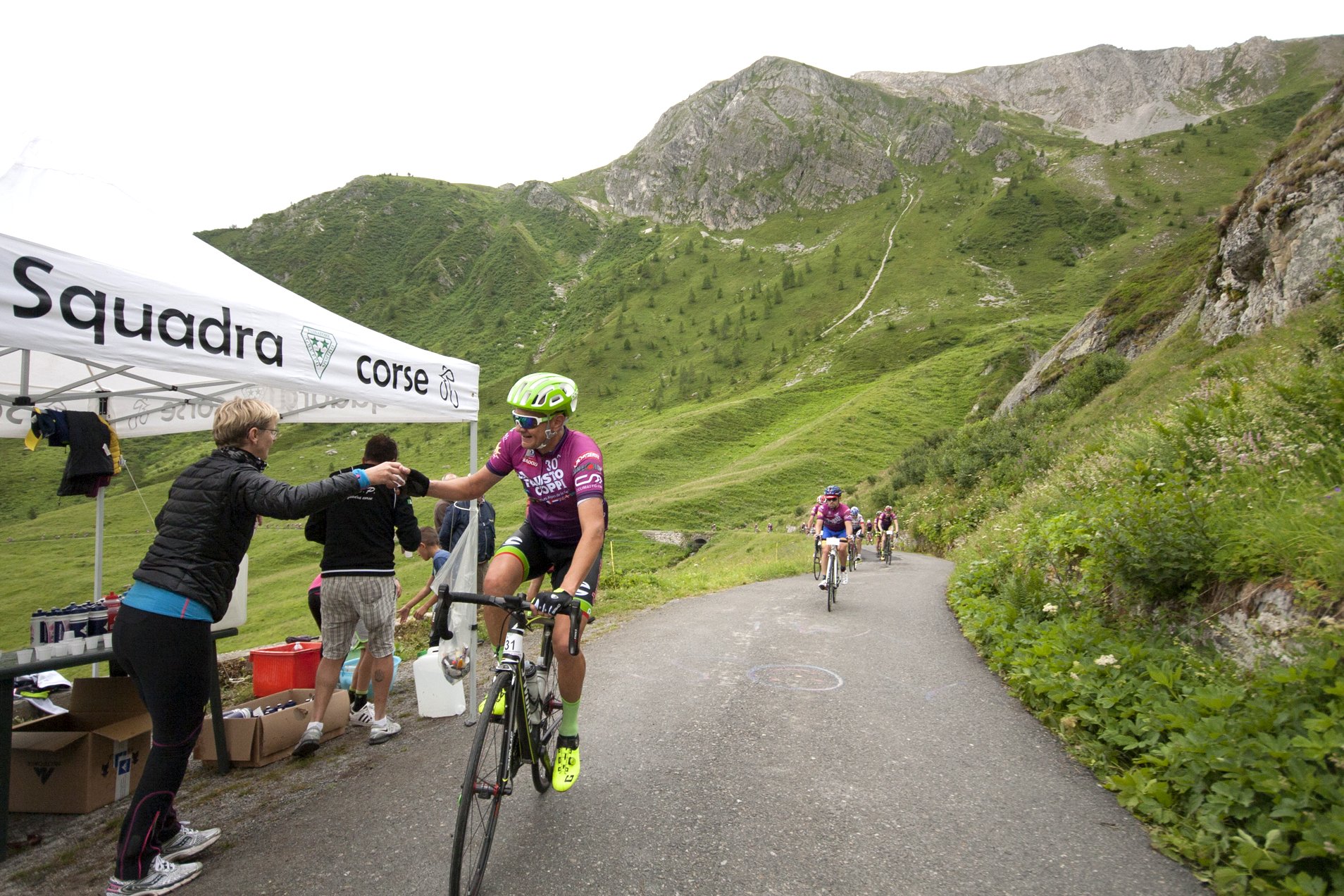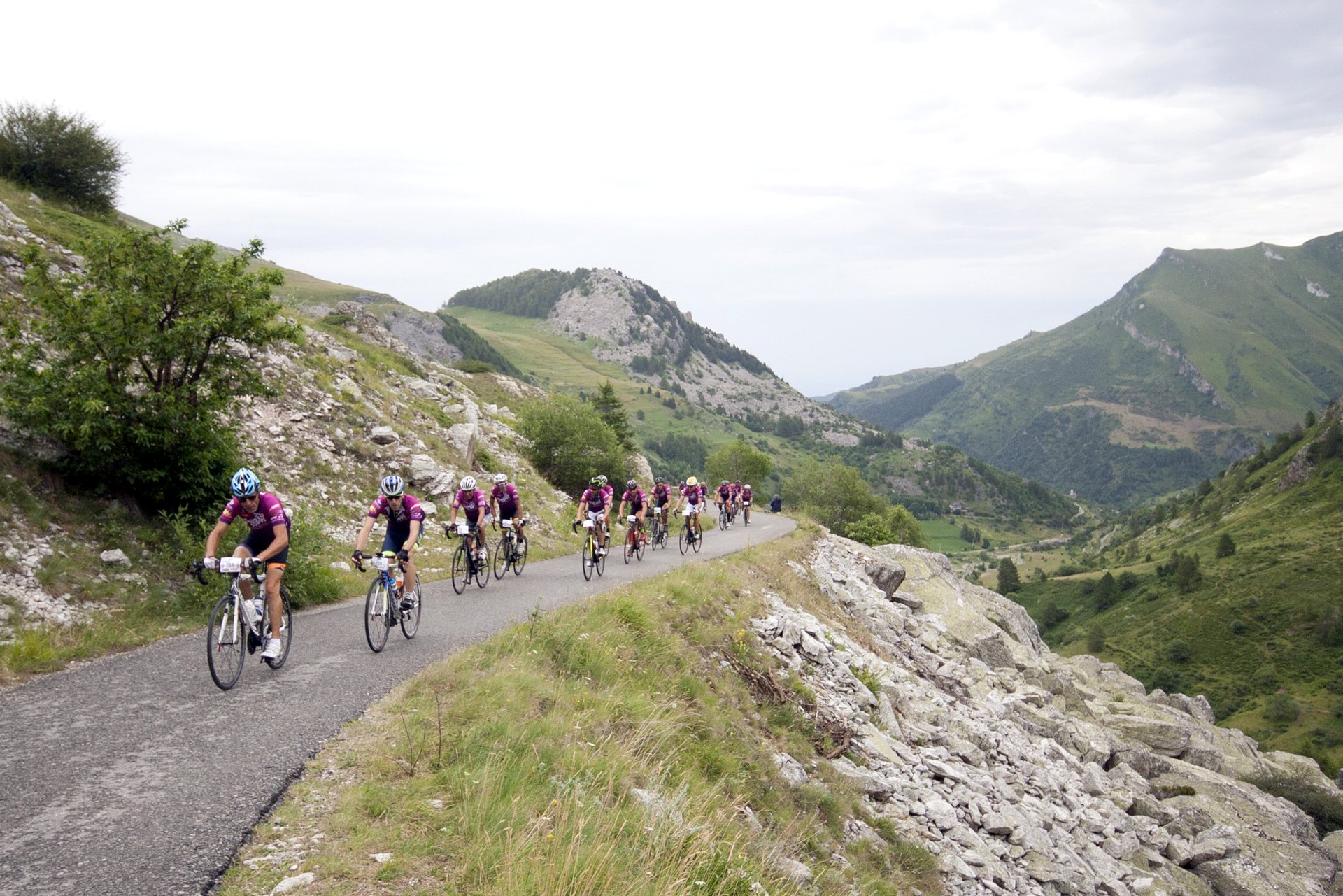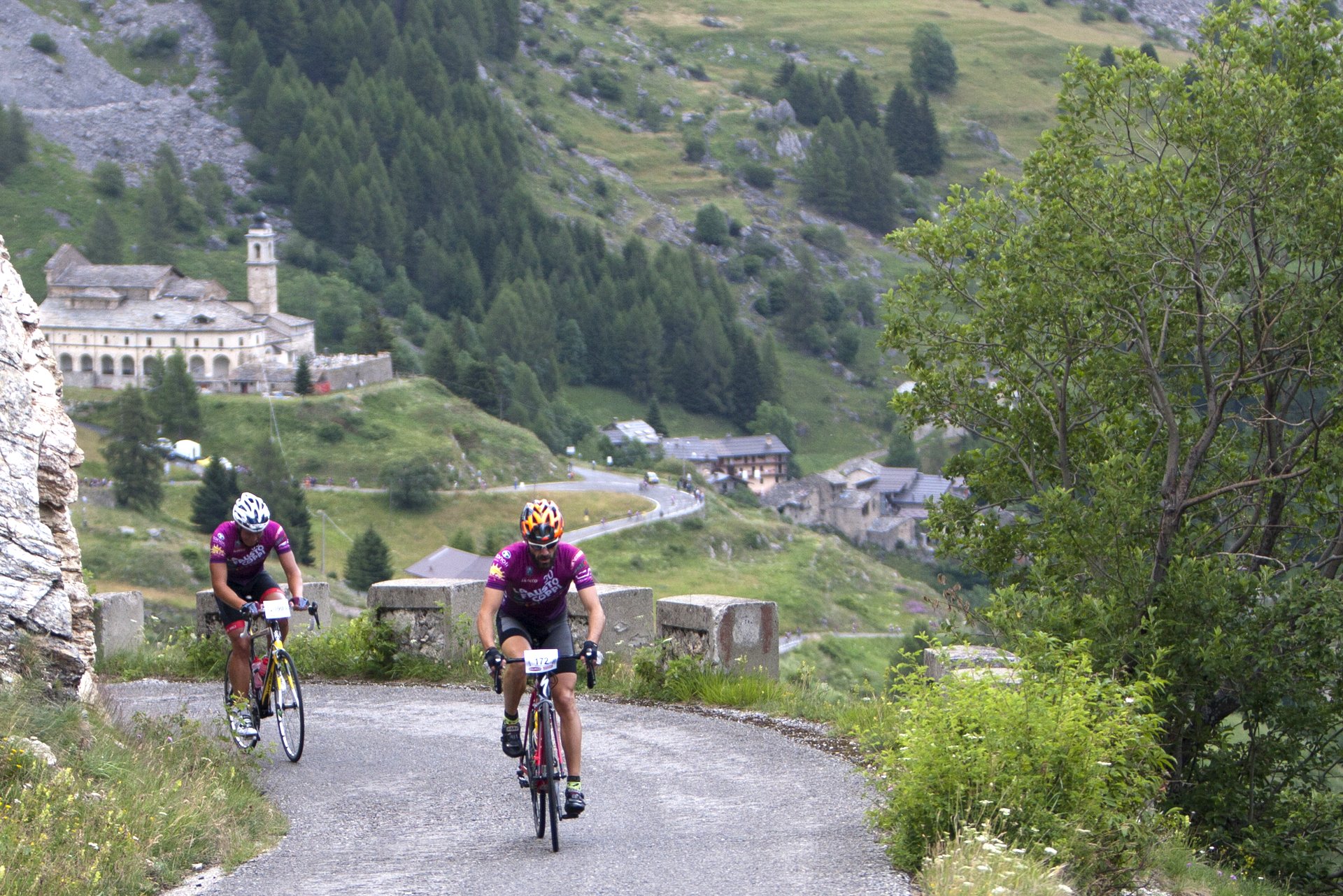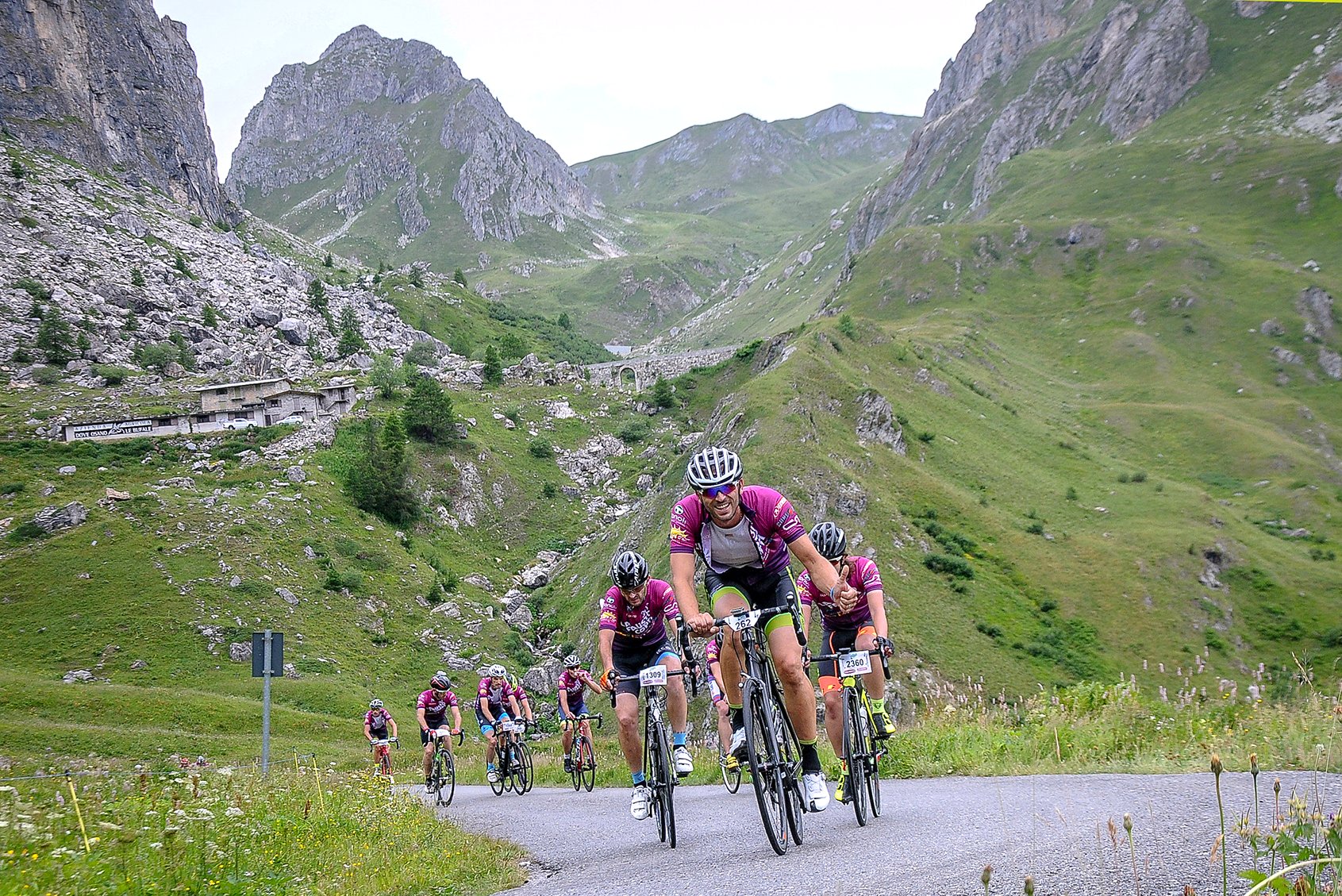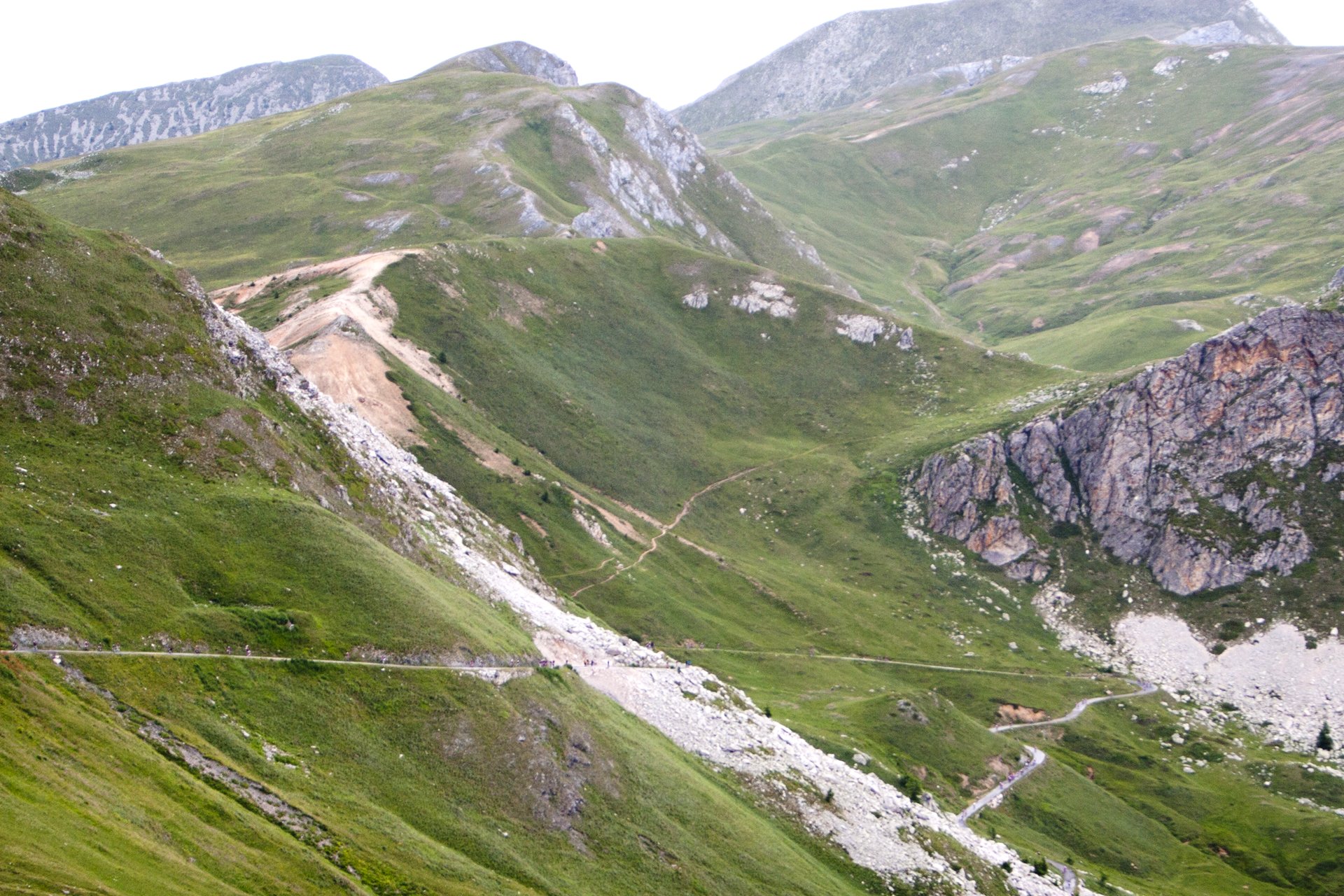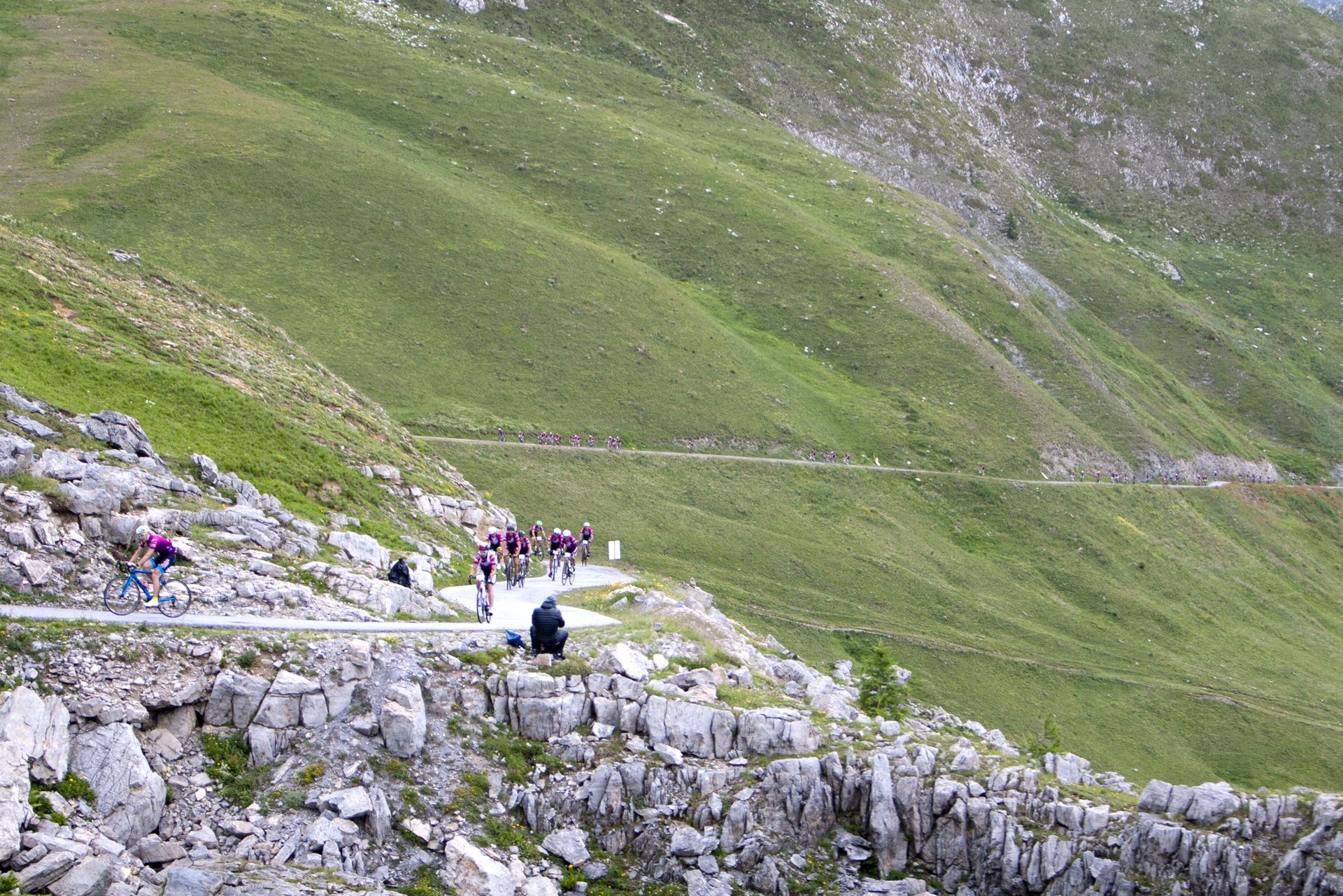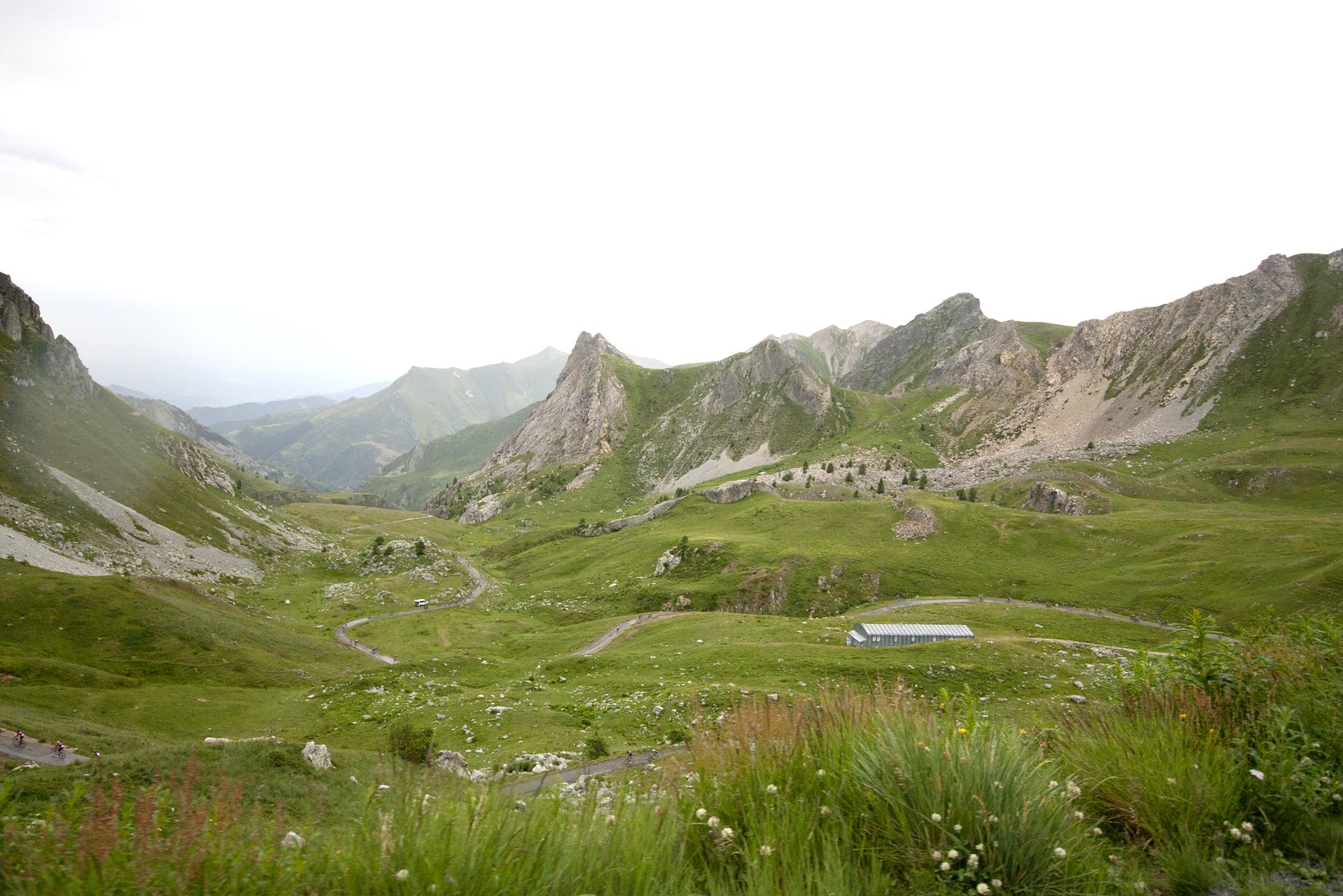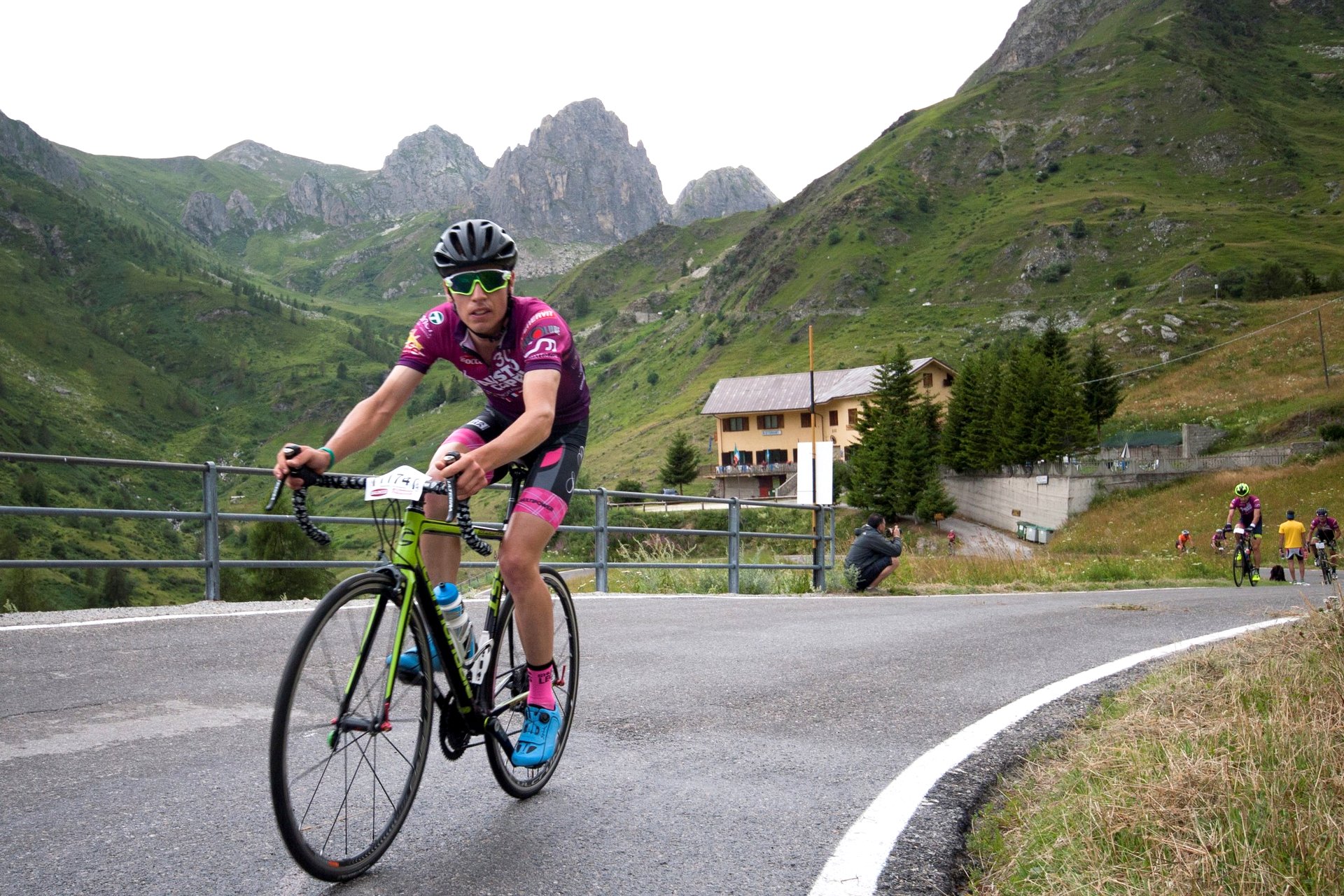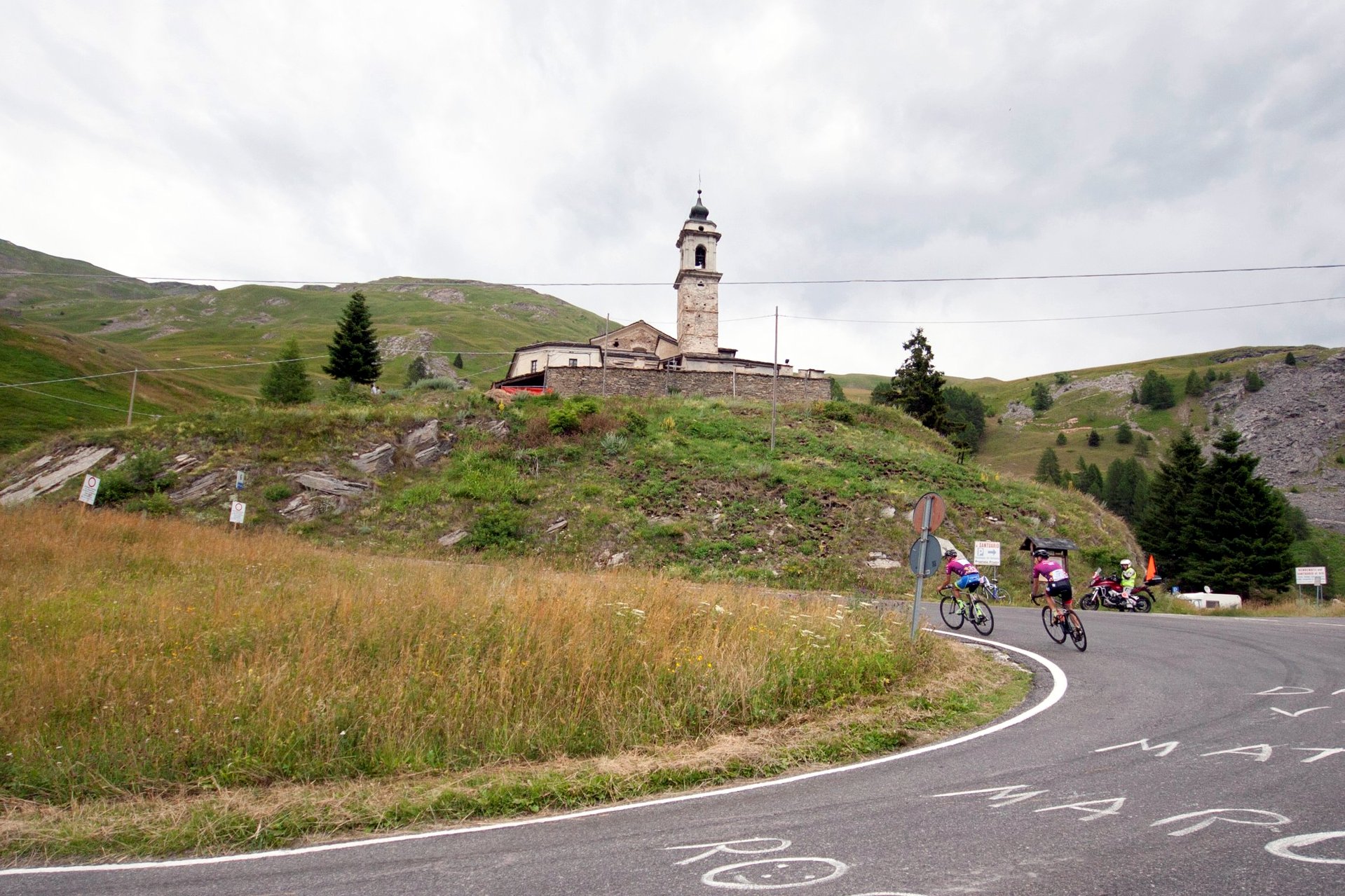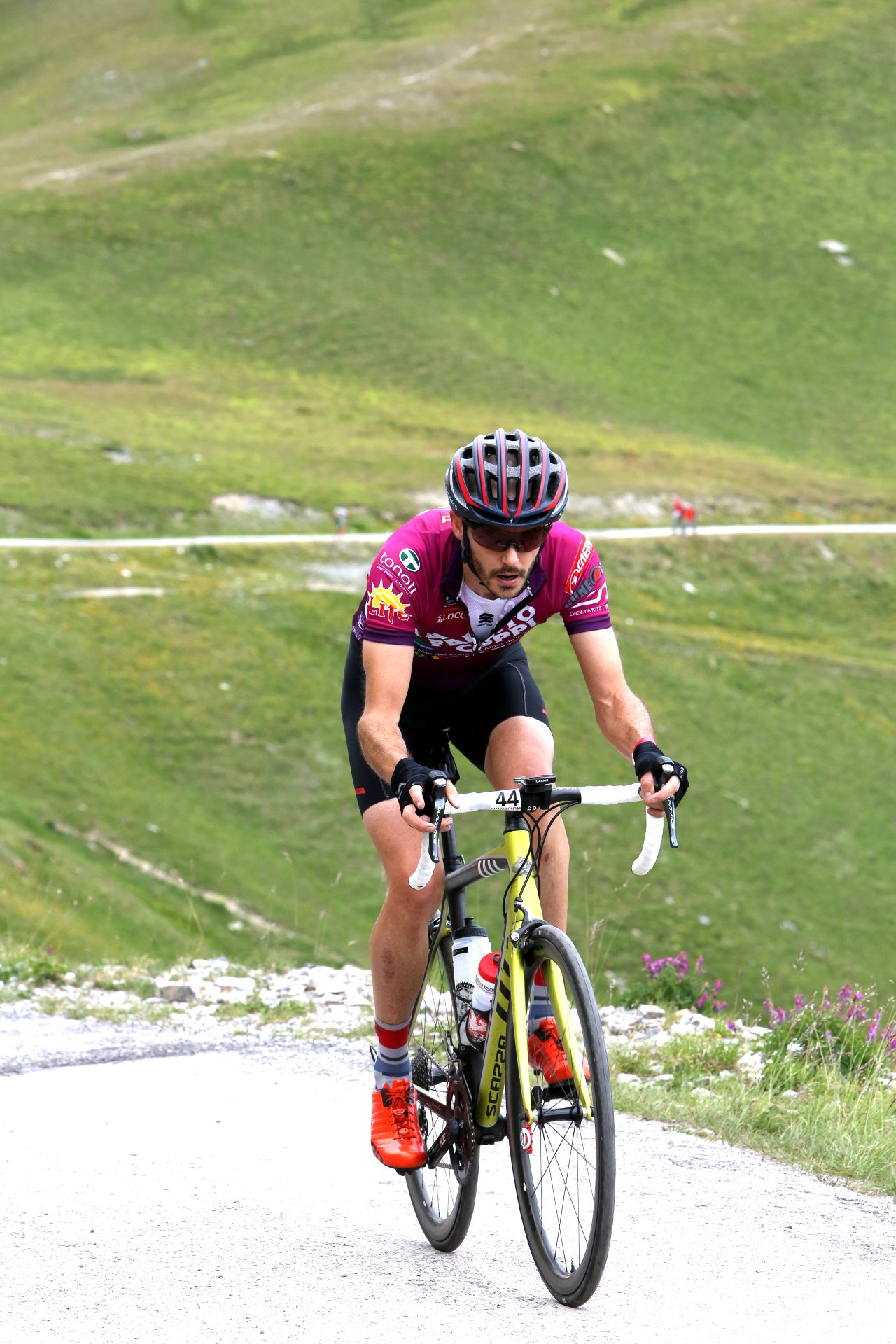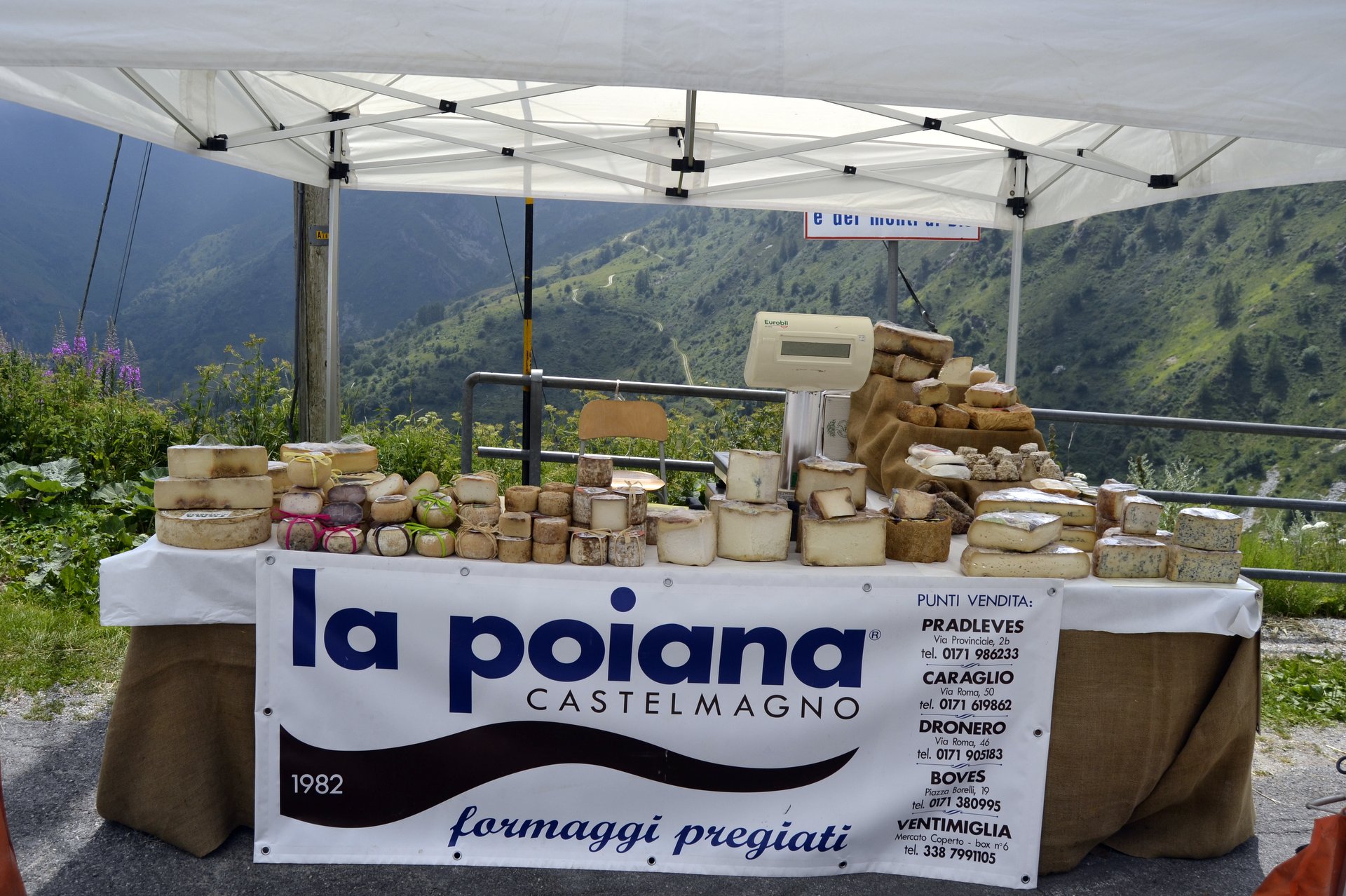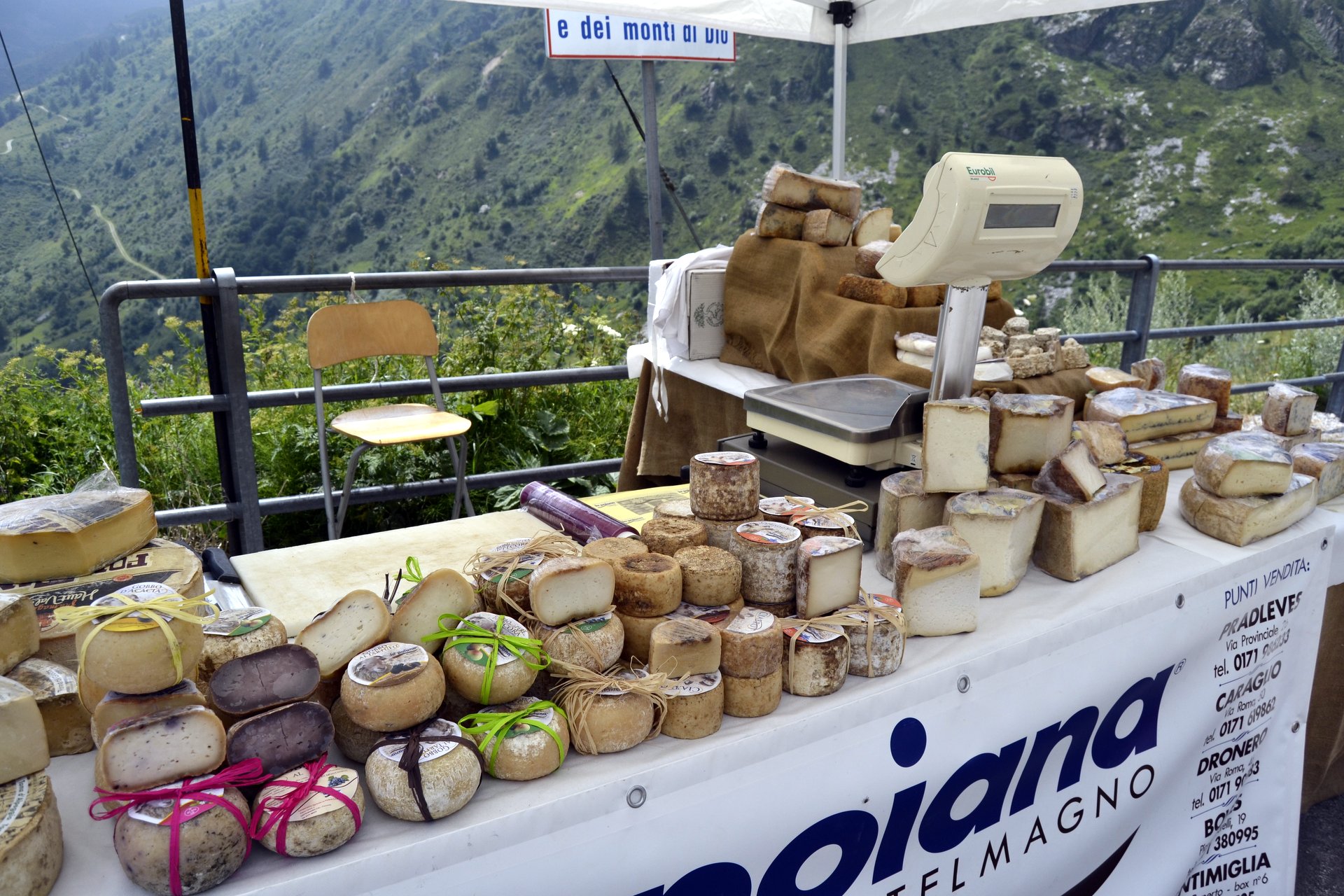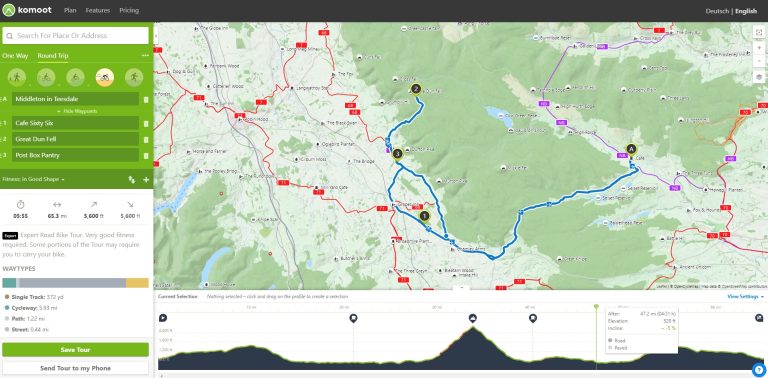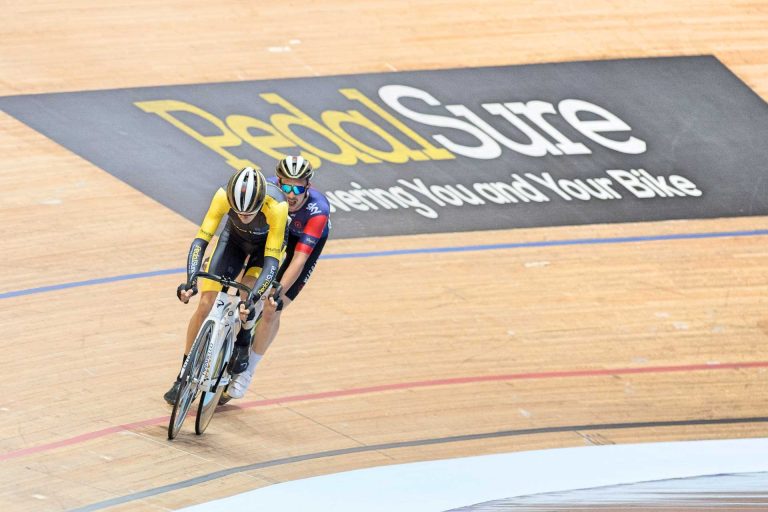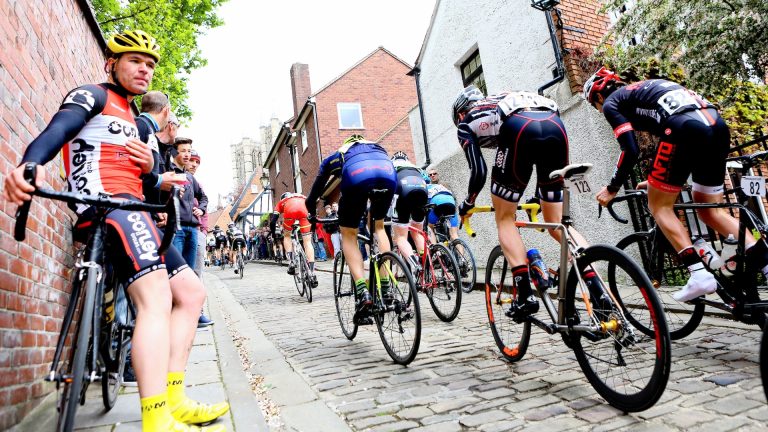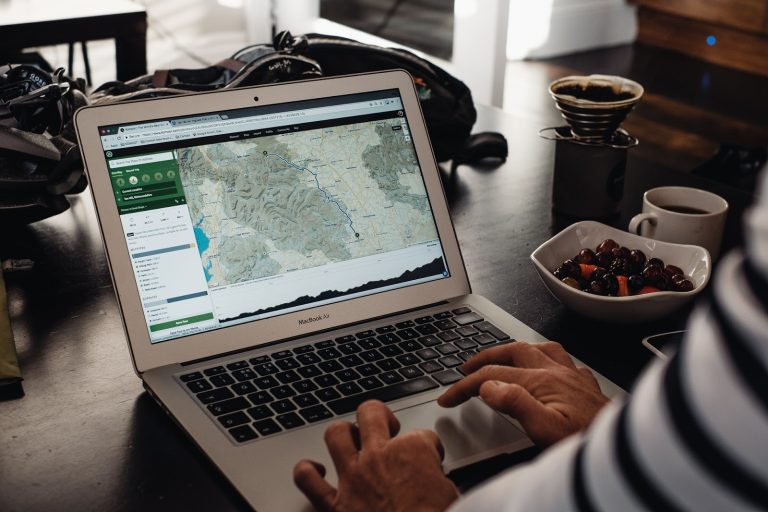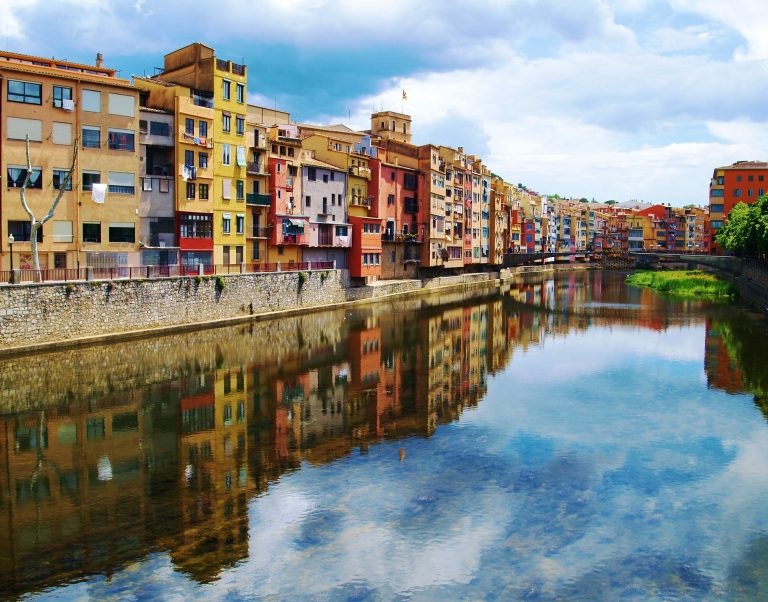If you’re going to name your event after one of the greatest riders in cycling history, it had better be good. Fausto Coppi dominated the late 1940s and early 50s, winning the Tour de France twice and the Giro d’Italia five times, often by huge margins and among many other victories, so his is not a name to be slapped on some schlep around a forest. The Gran Fondo La Fausto Coppi covers 177km with 4,125m of climbing (110 miles/13,533ft), so we think Il Campionissimo would approve were he around to see it.
There are many tough sportives in the world, and you can usually count on the front riders to compete to be first home whether the organisers call it a race or not, but Italian gran fondos are something different. A bit like the London Marathon, they are a proper race at the front and a challenge ride for the big field behind. The format is now in the UK with the UCI Tours of Cambridgeshire and Ayrshire but, as good as they are, they still don’t capture the full double-espresso intensity of the Italian gran fondo.
The Gran Fondo Fausto Coppi, which this year celebrated its 30th anniversary, is one of the half-dozen top Italian events, all of which are supremely challenging, yet it has its own identity. The narrow roads mean the field is limited to 2,500 riders, which keeps places highly sought after and, uniquely, it is compulsory to wear the official jersey, which makes for an even better spectacle than usual. It’s run from the city of Cuneo, 80km south of Turin and 145km west of Castellania, the birthplace of Fausto Coppi on the other side of the Piedmont region.
